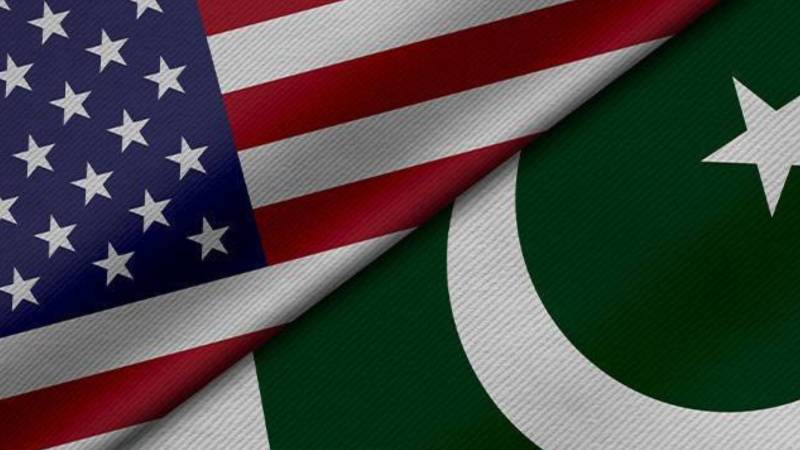Pakistan is on the verge of finalizing a strategic trade pact with the United States that could significantly strengthen its export landscape, particularly for the textile industry. Both nations are moving swiftly towards concluding a Preferential Trade Agreement (PTA), with reciprocal tariff incentives and market access at the core of ongoing negotiations.
A virtual meeting between Pakistan’s Finance Minister Muhammad Aurangzeb and US Commerce Secretary Howard Lutnick has brought new momentum to the talks. Both sides expressed optimism about finalizing the deal by next week and discussed establishing a broader strategic and investment framework to further deepen economic ties.
The proposed agreement could potentially elevate Pakistan’s textile exports by $2 to $3 billion annually. As part of the negotiations, the US may reduce tariffs on Pakistani textiles, while Pakistan may reciprocate with lower import duties on American cotton and soybean — aligning with WTO trade principles and the recently proposed National Tariff Policy under Pakistan’s Budget 2025–26.
Favorable Trade Dynamics for Pakistan
Currently, bilateral trade favors Pakistan, with its exports to the US valued at $5.1 billion and imports standing at $2.1 billion, yielding a surplus of $3 billion. This advantageous position further enhances Pakistan’s leverage in securing favorable terms in the upcoming agreement.
US officials are reportedly prioritizing trade pacts with nations holding significant deficits with Washington. However, Pakistan stands out due to its strategic importance, recent diplomatic engagements, and its willingness to accommodate American export interests under a mutually beneficial tariff structure.
Over 970 US-based research and development centers currently operate in Pakistan, underlining Washington’s broader economic interests in the country. The evolving trade framework also revisits previous initiatives like the ROZs (Reconstruction Opportunity Zones), aiming to avoid past pitfalls by focusing on actionable tariff reforms and structured negotiations.
Toward a High-Impact Bilateral Trade Agreement
Sources confirm that a Bilateral Trade Agreement (BTA) or an enhanced PTA is expected soon, paving the way for increased investment, innovation, and economic cooperation. With technical-level talks entering their final phase, negotiators are aiming to maximize the benefits for Pakistan’s key export sectors, especially textiles, through smart, reciprocal trade arrangements.
As the two countries edge closer to a landmark deal, Pakistan’s trade prospects look poised for a significant uplift, reinforcing its position in global markets and strengthening economic ties with a key international partner.



Comments (0)
No comments yet. Be the first to comment!
Leave a Comment